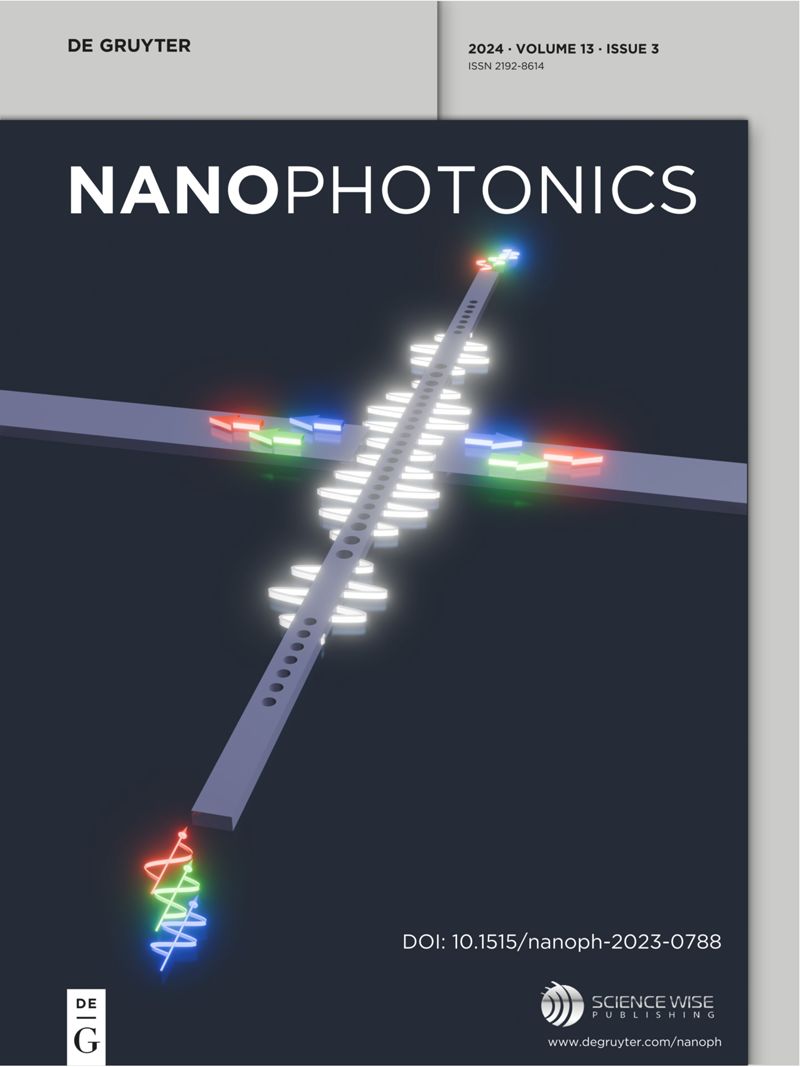High accuracy inverse design of reconfigurable metasurfaces with transmission-reflection-integrated achromatic functionalities
IF 6.5
2区 物理与天体物理
Q1 MATERIALS SCIENCE, MULTIDISCIPLINARY
引用次数: 0
Abstract
Artificial intelligence algorithms based on deep neural network (DNN) have become an effective tool for conceiving metasurfaces recently. However, the complex and sharp resonances of metasurfaces will tremendously increase the training difficulty of DNNs with non-negligible prediction errors, which hinders their development in designing multifunctional metasurfaces. To overcome the obstacles, the interaction mechanisms between meta-atoms and terahertz (THz) waves via multipole decomposition are investigated to establish a high-quality dataset, which can decrease the complexity of DNN and improve the prediction accuracy. Meanwhile, transfer learning is also employed to reduce the large quantity of training data required by the DNN. Accordingly, two broadband and transmission-reflection-integrated reconfigurable metasurfaces for focused vortex beam generation are inversely designed by counter propagating the DNN with fraction error less than 10求助全文
约1分钟内获得全文
求助全文
来源期刊

Nanophotonics
NANOSCIENCE & NANOTECHNOLOGY-MATERIALS SCIENCE, MULTIDISCIPLINARY
CiteScore
13.50
自引率
6.70%
发文量
358
审稿时长
7 weeks
期刊介绍:
Nanophotonics, published in collaboration with Sciencewise, is a prestigious journal that showcases recent international research results, notable advancements in the field, and innovative applications. It is regarded as one of the leading publications in the realm of nanophotonics and encompasses a range of article types including research articles, selectively invited reviews, letters, and perspectives.
The journal specifically delves into the study of photon interaction with nano-structures, such as carbon nano-tubes, nano metal particles, nano crystals, semiconductor nano dots, photonic crystals, tissue, and DNA. It offers comprehensive coverage of the most up-to-date discoveries, making it an essential resource for physicists, engineers, and material scientists.
 求助内容:
求助内容: 应助结果提醒方式:
应助结果提醒方式:


